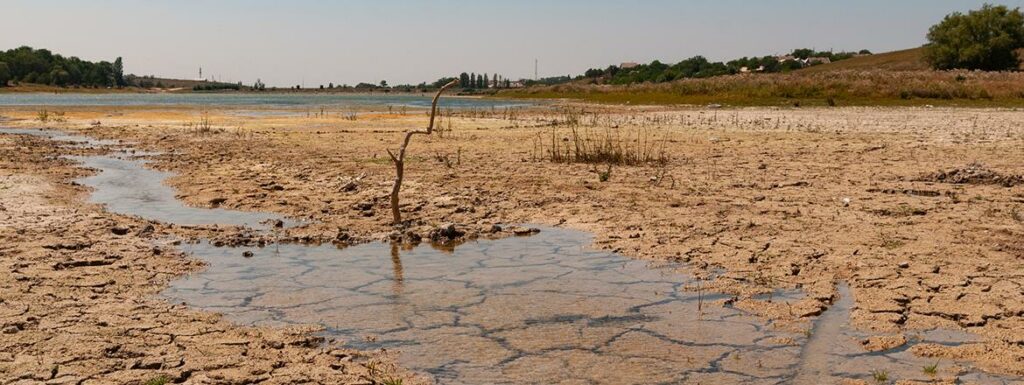When the rising seas imperilled Sydney’s famous opera house it was pretty much case closed on climate change. The headlines said it all: Sea levels are rising faster and faster, humans are responsible, and we must act now or perish amid the angry heated froth. Except the story now is that nothing of the sort has happened. According to Daniel Fitzhenry of the Hydrographic Survey of New South Wales, water levels in Sydney were lower in 2019 than in 1914. Which we mention in case you missed the headlines about this fearsome trend.
Fitzhenry notes that sea levels fluctuate due to all sorts of things including the gravitational pull not just of the moon but also of the planets. As a result, there’s a fluctuation of as much as 20 cm. But it is a fluctuation, not a trend, at least judging from the records at “Fort Denison” (whose former very Australian name from its days as, yes, a prison was “Pinchgut Island“, a spot on which condemned convict Francis Morgan praised the view to the hangman who then left his skeleton hanging on a gibbet for four years to enjoy it).
Fitzhenry told Sky News that people should believe their own eyes not the satellite data. And h/t to Patrick Moore for retweeting this image showing the harbour then and now in which you can not only see Sydney Opera house unwashed away but the land on which it was built, sitting right at sea level in 1914 as it is today.
Sea level measurement is a tricky thing because the Earth’s surface is not rigid and immobile. The land moves up and down in complex ways for tectonic reasons, it erodes, it accumulates, it does all kinds of things. And it does different things in different places. But a fair-minded approach to the issue requires people who cite every flood as proof of the end times to take into account the amazing number of places that, like Sydney, haven’t changed much in a hundred years. (Or rather, they went down in the first half of the century, rose at mid-century then stayed level for 50 years. Or, in the view of another Australian skeptic, have risen but at less than half the rate alarmists claim. Seems we irrational deniers debate issues rather than adhere to dogmatic talking points.)
As they do with our “1919 or 2019?” quiz, people may accuse Fitzhenry of cherry-picking. If so, we invite them to pick their own fruit, choose random locations with good historical records, and show us a worrying trend in actual shoreline measurements, or carefully recorded actual temperatures. Because Nemo couldn’t find any.



I don't see how they can measure sea levels with any accuracy. The sources of error are enormous. It would be easy if the sea was always glassy calm, but it never is. There are continual waves, tides & the fact that the sea meets the land in a line of random shape which changes with every new wave. If I were to try, I would not place any confidence in my results.
I have seen photos of La Jolla in California, showing the bay shore recently and from 100 years ago. No discernible difference!
Pretty easy to accuse Fitzhenry of cherry picking.
His base line starting point is the first every 10 recordings late in May 1914 for the site......1.11.
However.....10 years on and again and again he plucks out a FULL month mean.
So he's not even selecting localised measurements based on the 'spring tide'. He's not used the localised maximums or minimums. You can scroll through the BOM tidal data all the way back....and see exactly what number Fitzhenry has plucked. It's the work of 10 minutes of dumping the data into Excel!!!
And most of all......a month mean......generally reflects 700-744 observations.
You simply can not compare 10 vs 700. This is not apples with apples.
The ONLY audience willing to accept such rubbish is the unquestioning Sky News mob. And all the time accusing the ABC and BOM of bias.
In essence.....10 observations (which were consecutive hours late in) May 1914 should be inadmissible and at best should be absorbed into the June 1914 obs data set if to be included at all.